Untitled, 1949–50
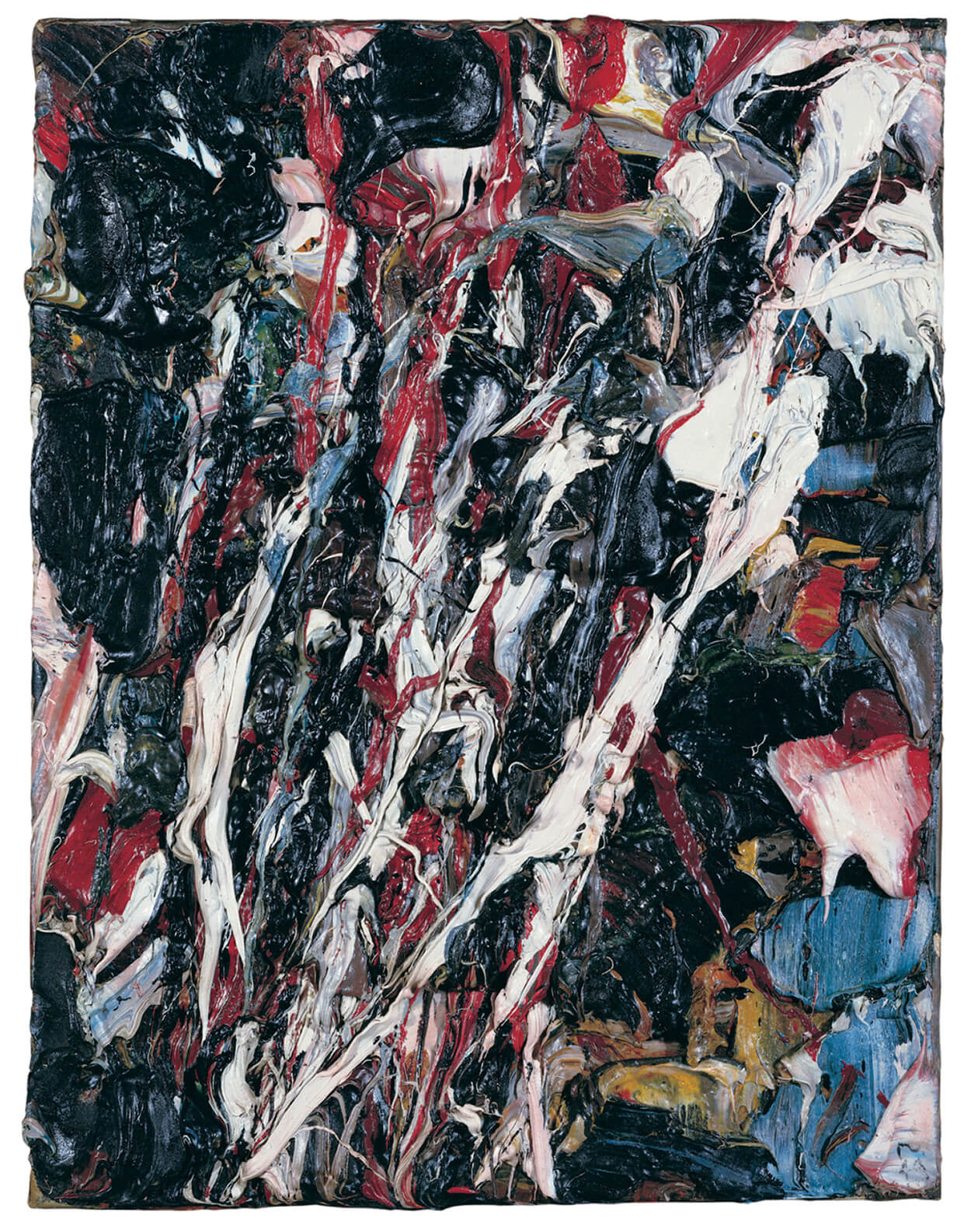
Jean Paul Riopelle, Untitled (Sans titre), 1949–50
Oil on canvas, 35 x 27 cm
© Jean Paul Riopelle Estate / SOCAN (2019)
Private collection
For many years, Untitled (Sans titre), the painting that Jean Paul Riopelle exhibited at the legendary 1951 Paris exhibition Véhémences confrontées, was known only from a very poor-quality photo. Recently, the original was located and today is included in the painter’s catalogue raisonné. As a result of its discovery, we now know that the work was not painted with a palette knife, which is what was originally assumed. Rather, it appears that Riopelle applied paint directly from the tube onto the canvas using neither a brush nor a knife. The furrows of varying width seem to follow the laws of gravity and slide across the surface, while overall harmony is achieved through contrasting colours. Riopelle produced other paintings in this same style, in which the material is allowed to flow, but they are few and far between and are important links between his loose brushwork abstraction and the mosaic style for which he would become globally recognized. Soon after this painting, Riopelle began to make strict use of the palette knife to spread, or sculpt, his colour.
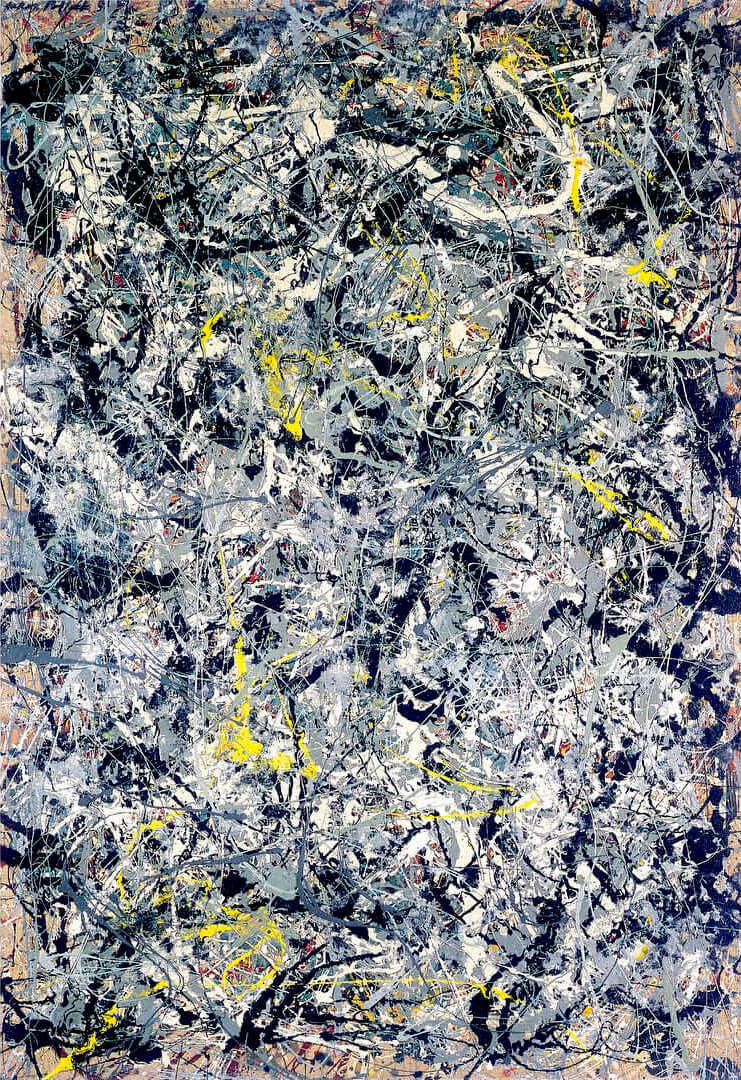
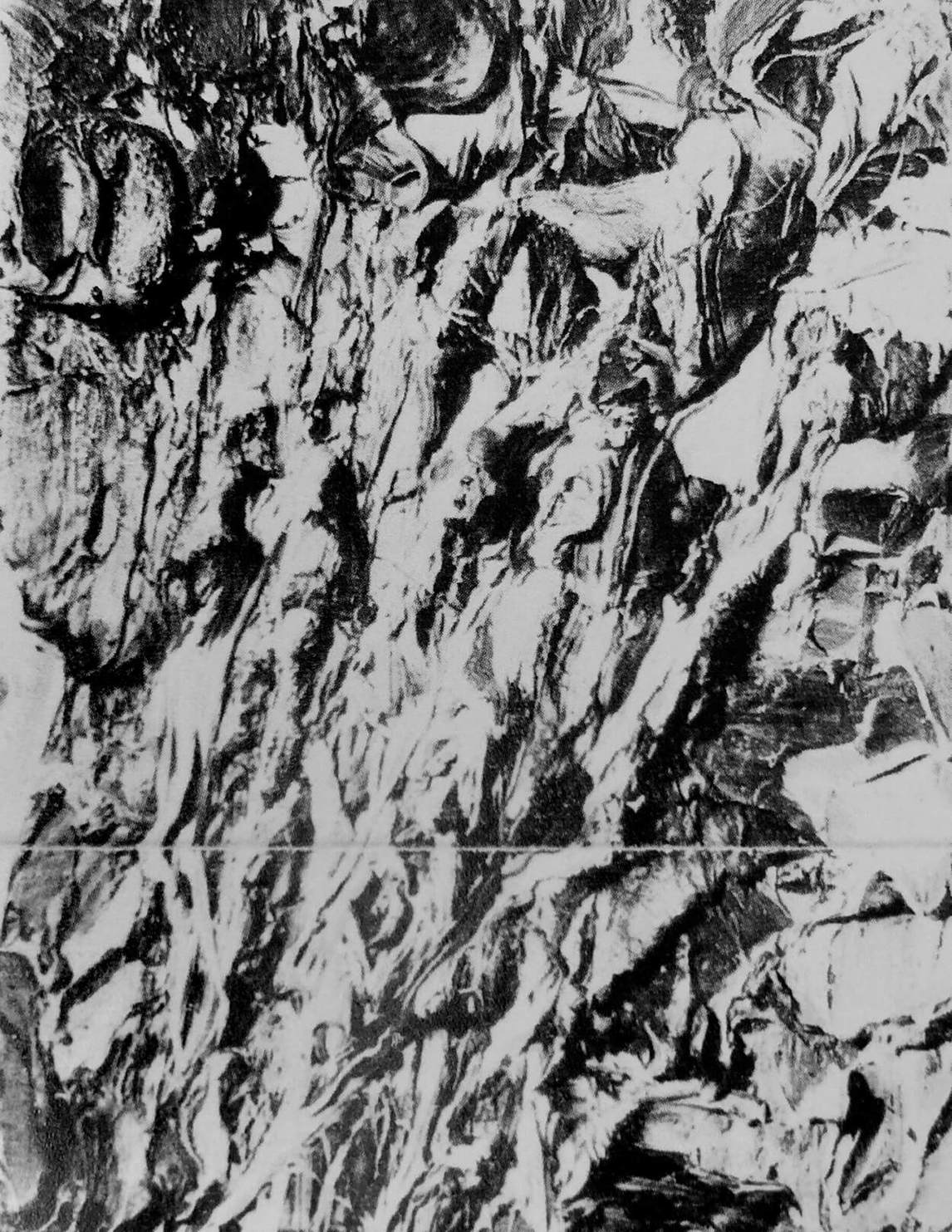
Organized by the leader of the Lyrical Abstraction movement, Georges Mathieu (1921–2012), the Véhémences confrontées exhibition was held at La Dragonne, alternatively known as Galerie Nina Dausset, where in 1949 Riopelle’s first Parisian solo exhibition was held. Mathieu’s exhibition was the first to combine avant-garde artists from North America, Italy, and France. While billed as an opportunity to see art created by artists at odds with one another, in fact there was only camaraderie among the participants, who saw it as a rare opportunity to exhibit together. Moreover, the show and Riopelle’s presentation of Untitled (Sans titre) added to the artist’s reputation in both Europe and the United States. Regarded as an example of a bold abstract style firmly grounded in the tradition of new painting, this work announced Riopelle as a young painter to be considered among the great artists of the period.
Mathieu was the founder of a bilingual magazine called United States Lines: Paris Review, which was published by Marcel Coudeyre in France and distributed free of charge on United States Lines passenger ships that regularly crossed the Atlantic between New York and European shores. In a review of the exhibition, it was noted that “he [Mathieu] continues his role as a cultural agent”; the exhibition is today regarded as one of his most crucial achievements.
Despite the historic significance of this painting and the exhibition that housed it, accurately reconstructing the show is not easy. For example, it is known that Jackson Pollock’s (1912–1956) magnificent 1950 painting, Number 8, which synthesized his previous stylistic achievements, was exhibited, as was a painting by Willem de Kooning (1904–1997). Both works came from the collection of Pollock’s East Hampton neighbour Alfonso Ossorio. However, other than hearsay and rumour, little to no information is available and today we are left with only traces of the show’s influence.

 About the Author
About the Author
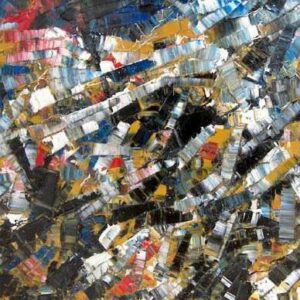 More Online Art Books
More Online Art Books
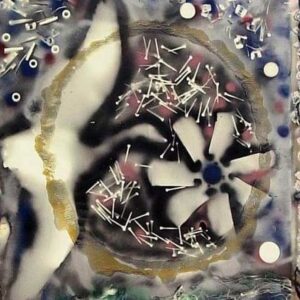 Acknowledgements
Acknowledgements